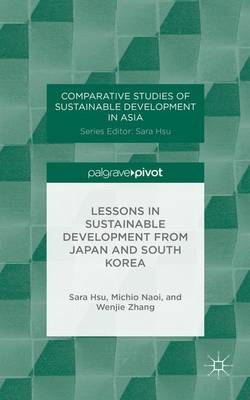Comparative Studies of Sustainable Development in Asia
3 total works
Lessons in Sustainable Development from Malaysia and Indonesia
by Sara Hsu and Nathan Perry
Published 1 January 2014
Sustainable Development in Malaysia and Indonesia examines a range of topics pertaining to sustainable development in the two countries. While Indonesia and Malaysia are geographically close, Indonesia lags behind Malaysia in terms of well-being, with a lack of social services, and economic indicators, as GDP per capita is lower than that in Malaysia. Environmental problems are similar, since both possess large amounts of biodiversity and natural resources. Hsu and Perry provide a concise overview of sustainable development in the nations, make policy recommendations for each country, and discuss sustainable development experiments in both countries.
Sustainable Development in Japan and South Korea
by Sara Hsu, Michio Naoi, and Wenjie Zhang
Published 1 January 2014
Sustainable Development in Japan and South Korea provides a concise overview of sustainable development in Japan and South Korea. Hsu, Naoi, and Zhang focus on environment, energy, health, technology, biodiversity, production, governance, well-being, livelihood, regulation, property rights, and minerals as indicators of sustainable development. Japan has greatly improved its environment since the industrialization process ended in the 1970s. The nation also has excellent health care and transportation systems. However, Japan continues to struggle with gender inequality and traffic congestion. Poverty and inequality have remained challenges since the 1990s. Similarly, South Korea is continuing to improve its environment, as well as its health care system, but struggles with gender inequality, poverty, and inequality. The countries can benefit from better social policies, as well as from a partnership in improving energy self-sufficiency, including enhancement of renewable energy technologies.


